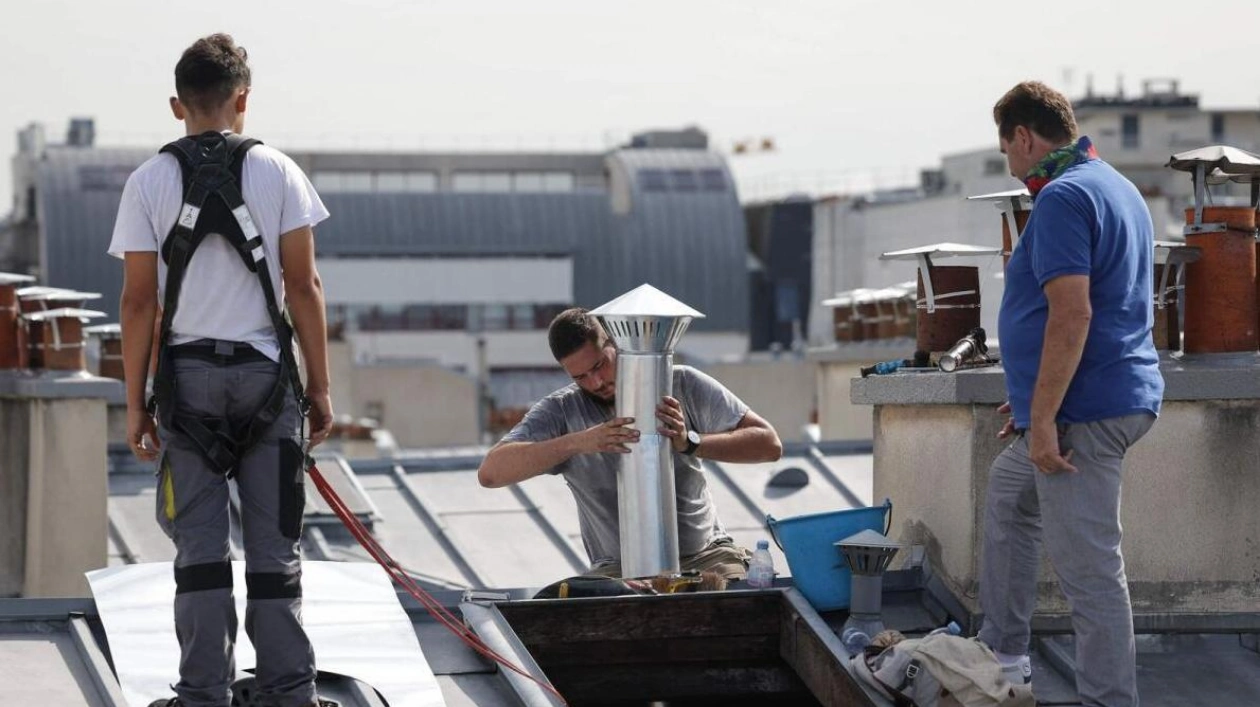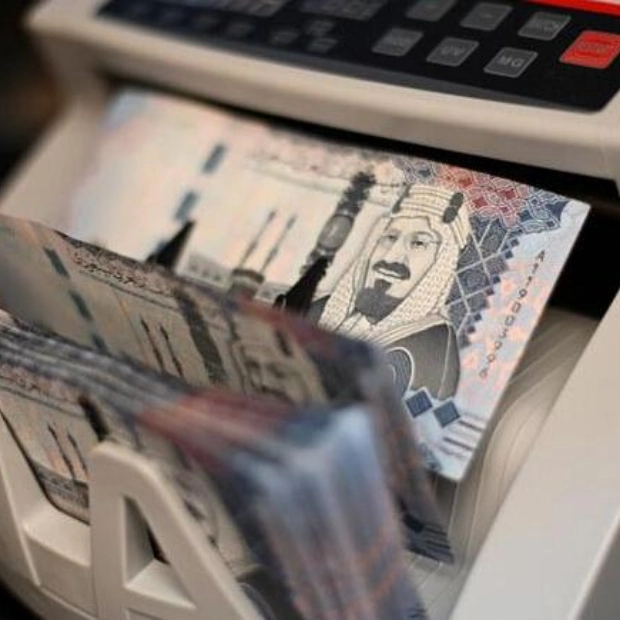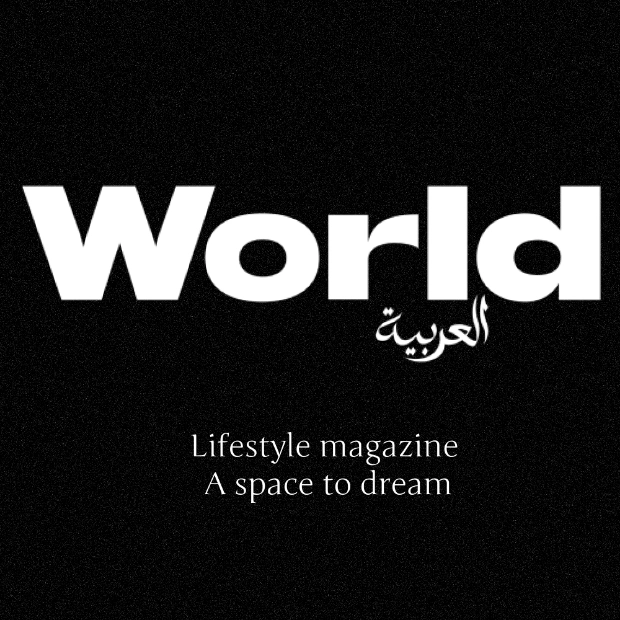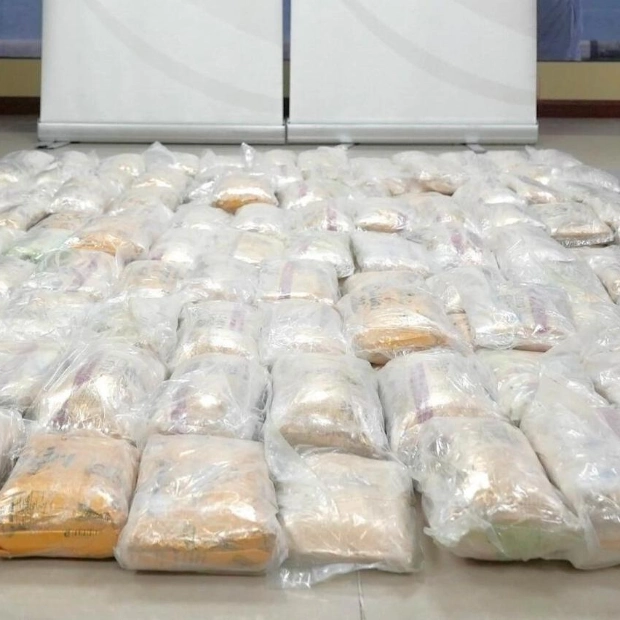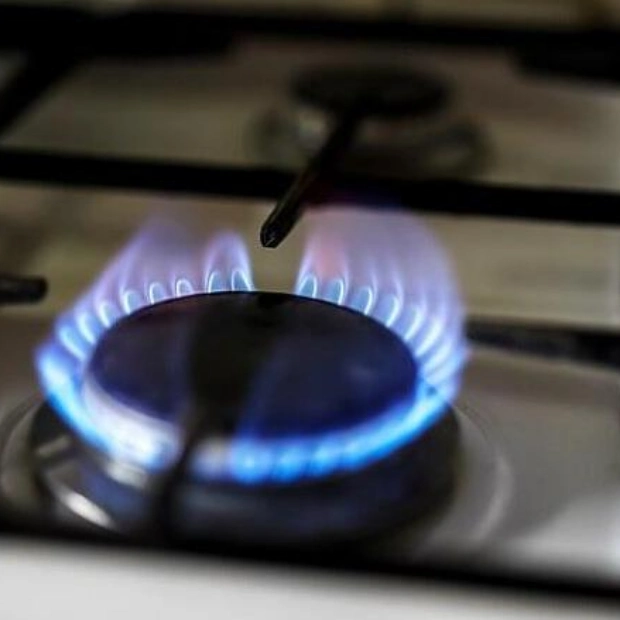The zinc-covered roofs of central Paris have bestowed the French capital's skyline with its unique grey tint for nearly two centuries. Now, these roofs and the artisans who craft and maintain them are vying to be recognized as part of a prestigious heritage group, highlighting a trade that is evolving to meet the demands of climate change. The French Ministry of Culture has nominated the zinc roofers to represent France in the UNESCO list of Intangible Cultural Heritage, a decision that will be made during the UN body's session in Asuncion, Paraguay, in December.
This nomination includes the craftsmanship of roofers and other decorative artists who have shaped the city's skyline. They are among 67 candidates competing to join renowned heritage sites like India's Taj Mahal. According to Paris' urban planning agency Apur, the city boasts 128,000 roofs spanning 32 million square meters, with 21.4 million square meters covered in traditional zinc.
"When viewed from above, it's unmistakably Paris," remarked Delphine Burkli, the mayor of the city's ninth district, who was instrumental in initiating the French application. Burkli first suggested in 2014 the idea of listing the roofs with UNESCO. However, the strategy has since shifted, as described by Gilles Mermet, the bid coordinator, who noted it became "very complicated." The campaign faced a setback when the Paris city hall withdrew its backing, reportedly due to concerns about construction restrictions imposed by UNESCO.
Mermet explained that the focus has now shifted to promoting the profession itself, which faces recruitment challenges, rather than just the roofs. This move aims to preserve the aesthetic of the urban landscape. Paris experiences a daily shortage of about 500 roofers, according to Meriadec Aulanier of the union representing plumbing and climate engineering companies.
The French bid also seeks to stimulate discussions about the city's future and the adaptation of a craft to climate change, as noted by Burkli. Zinc, which covers nearly 80% of Parisian roofs, has been criticized for contributing to building overheating. A 2022 Apur study revealed that 42% of Paris' roofs had poor reflective properties, exacerbating heat absorption during increasingly frequent and intense heatwaves.
A test conducted by French start-up Roofscapes in summer 2023 highlighted the thermal issues with zinc roofs. The experiment, conducted on an eight-story building, showed that a zinc roof could raise the surrounding air temperature by up to 10 degrees Celsius during the day and by 6 degrees Celsius at night compared to lower floors. Eytan Levi, an architect and co-founder of Roofscapes, explained that while the zinc surface cools at night, the heat continues to penetrate indoors, leading to overheating.
However, Mermet argues that the issue lies not with zinc but with the lack of insulation in older buildings. Training programs now emphasize insulation techniques, and old zinc is recycled. The "Paris at 50°C" study suggested repainting zinc roofs with lighter colors to reflect heat without compromising their heritage value. Mermet dismissed this idea, stating it would only increase restoration costs and that paint would eventually deteriorate due to rain.
